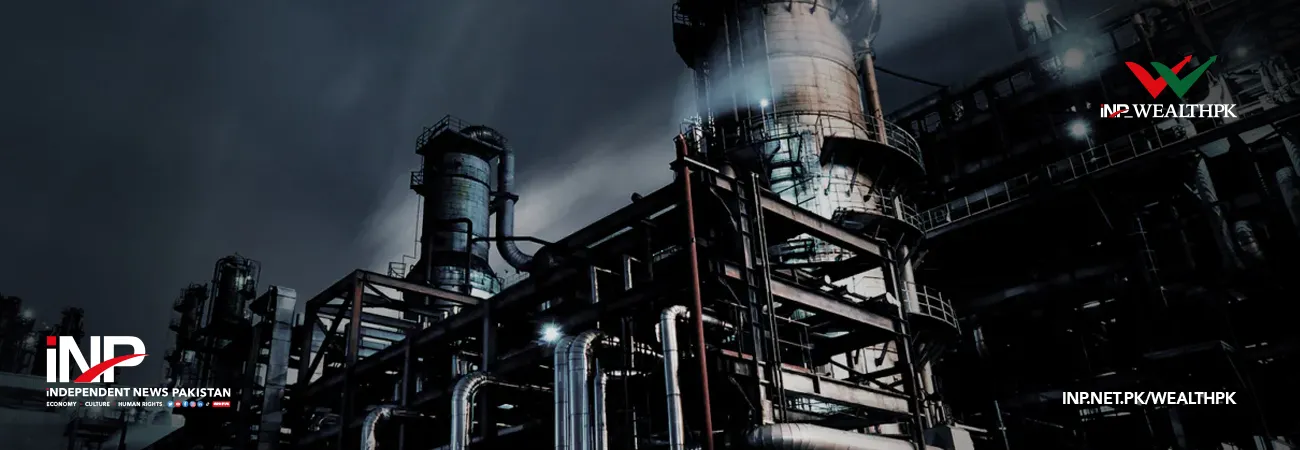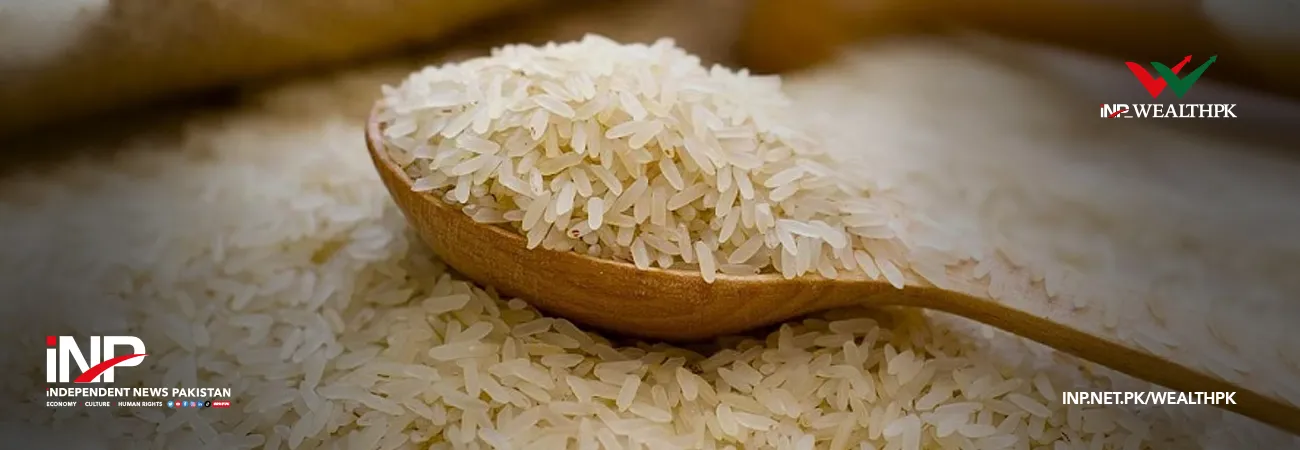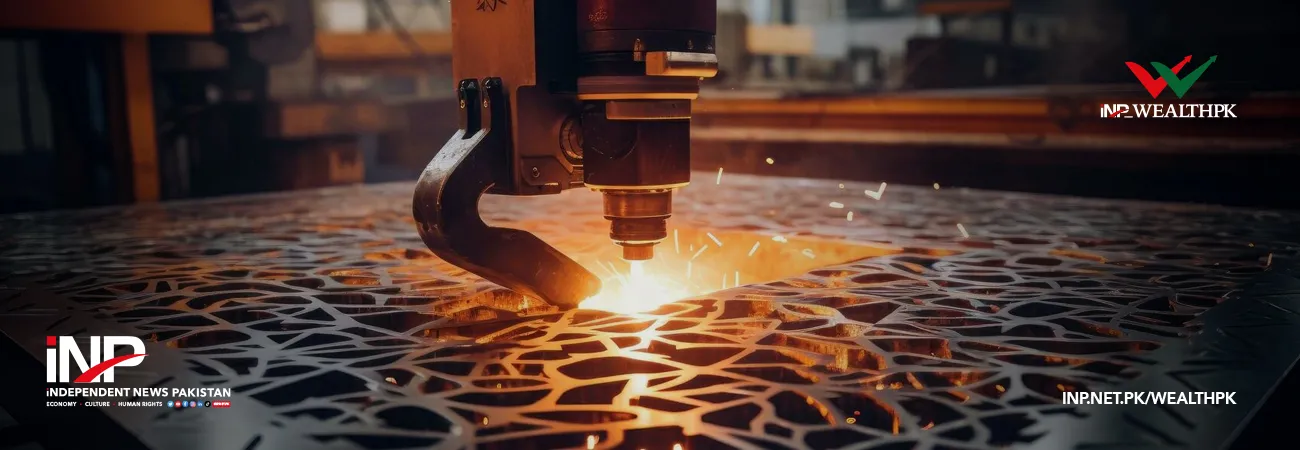INP-WealthPk
Energy production in Pakistan is low and costly too. To cope with this serious issue, it is important to introduce the smartly designed facades in the country, reports WealthPK. This old concept, in its traditional format, is considered to reduce 25% to 30% energy cost but the smart facade technologies have made it 10 times more cost-effective. It is important to follow such patterns in Pakistan as well to combat environmental challenges and minimise energy cost to a great extent.
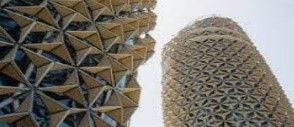
Globally, architects now prefer the use of facades to save energy, enhance productivity of inmates, and reduce operating costs. Al Bahar Tower in Abu Dhabi is an example of a sustainable facade design to minimize energy consumption and as a dynamic reactant to environmental conditions. Talking to WealthPK, Bayar Khizar, principal architect of DHA, said, “As compared to regular windows, facades help decrease direct heat entering a building by dividing the total square meter area into many small parts, eventually cooling the air. Rapidly growing cities, intense heat, and carbon emissions from modern structures are increasing global warming. So, the use of traditional facades has proved its importance in modern times once again.
The TIC complex in Foshan, China, is one of the best examples of facade-based designs. Facades help redirect and filter daylight and manage heat transfer and natural ventilation, etc. To combat weather conditions, facades are prepared by using a variety of materials i.e., concrete, wood, polyvinyl compounds, terracotta, plaster, stone, marble, sandstones. Digitalized smart facades i.e., moveable/ kinetic, are also prepared now with specialized geometry, shape, and material to cope with almost all types of climatic changes.”
Discussing with WealthPK the importance of facades for energy saving to make the buildings more economical, civil engineer and project director of ‘18’ housing society in Pakistan Muhammad Shoaib said, “The use of smart facades as additional outer walls saves at least 70% of energy by keeping the buildings cool and ventilated. Although a lot of new materials i.e., insulators, heat absorbers, are available in the market, the importance of facades is still there to change the environment of buildings. In 2018, the three-screen shading systems analysis proved that facades left behind the bright front shield and Brise soleil screens in reflecting the sunlight.
Now, to make facades more practical, different techniques such as biomimicry (help the buildings to breathe by thousands of holes), and multiple porosity patterns are used to digitally simulate the sunlight level received by every wall of the main building.”Talking about the use of facades to lower the energy cost, electrical engineer Muhammad Azam said, “Air-conditioning and uninterrupted power supply units release a lot of heat and other emissions which are harmful for the atmosphere. Although the use of facades is an old concept, it helps decrease the scorching sunlight effect by 70% and the cost of air conditioning by 35% in a building making it more productive and economic.”
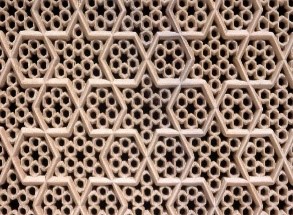
Sharing his views about the use of facades designed with specific angles, Dr. Mahmood ul Hasan, Deputy Director (Museums), Department of Archaeology and Museums, Islamabad said, “Facades were widely used in the Mughal period. As inlets of air and light, along with keeping the privacy of inmates and combatting the weather conditions, they designed the sate-of art facades with perfect geometrical symmetry and angular accuracy. Crafty arches and facades were abundantly used in their construction designs for a healthy environment.This is the reason that the carbon footprint is very low in their edifice.
In Pakistan, the best examples of arches and facades used in architecture are the Badshahi mosque, Maryam Zamani Begum Mosque, and the royal fort in Lahore. The latter boosts the generous use of facades in its various sections i.e., Akbari Gate, Kala Burj, Lal Burj, Daulat Khana -e- Khas-o-Aam, three doored pavilion, Alamgir gate, Jharoka -e Darshan, Naulakha pavilion, Diwan-e-Aam, Shah Burj, Maktab Khana, Sheesh Mahal, and Moti Masjid. Taj Mahal in India, designed and constructed by the Mughals, is also a true representation of energy-efficient architecture with the expert use of integrated facades and arches.”
Credit : Independent News Pakistan-WealthPk






